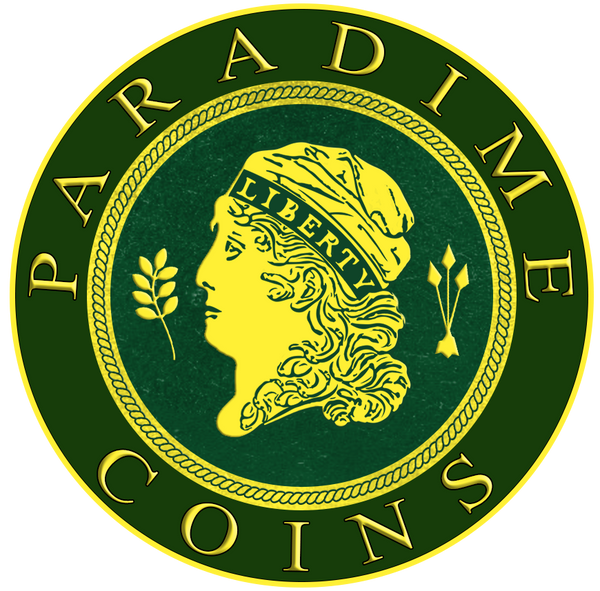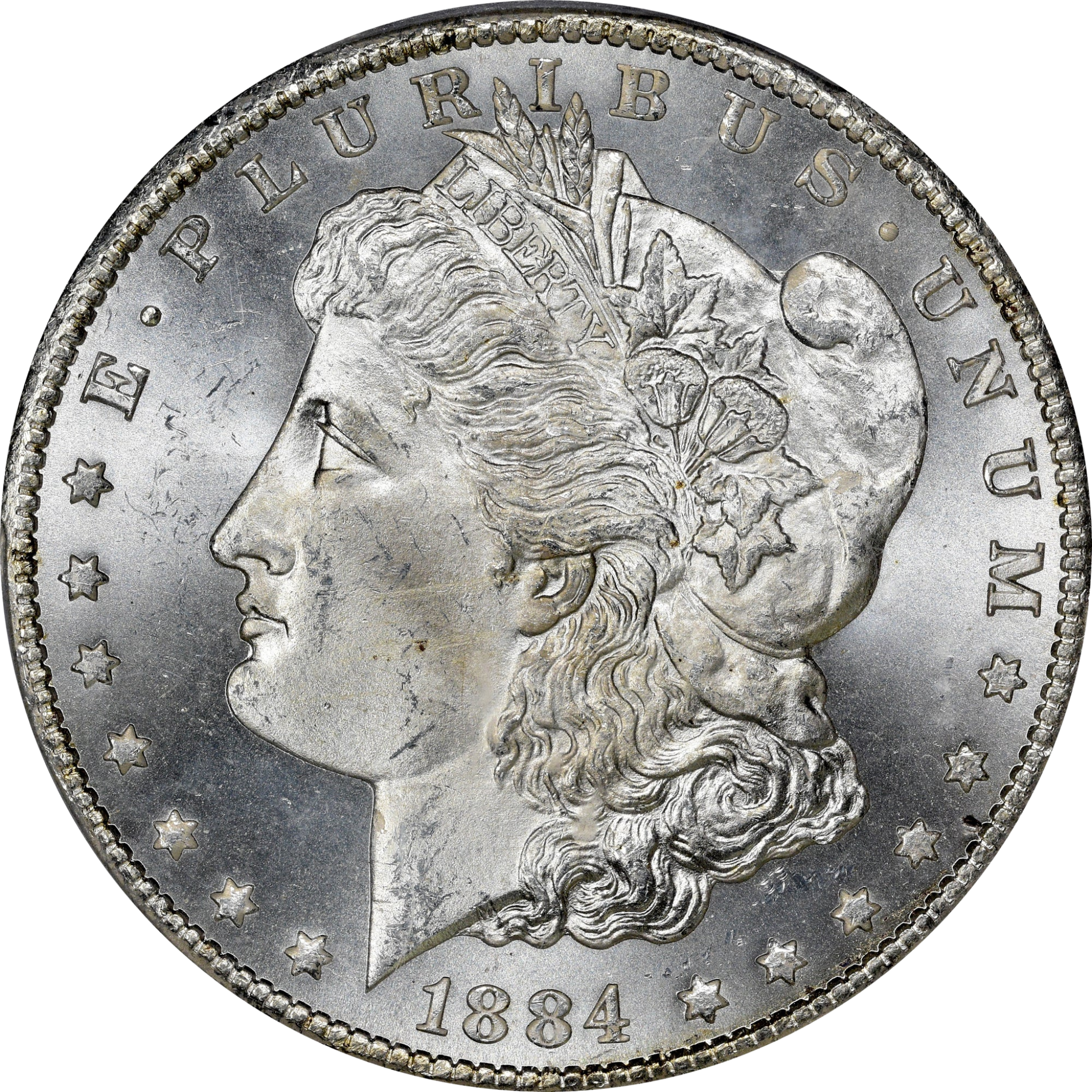Collection: Type 2, Heraldic Eagle (Draped Bust Dollar)
No products found
View All Inventory
Issue Dates: 1798-1804
Composition: 89.24% silver, 10.76% copper
Diameter: 39 to 40 mm
Weight: 26.96 grams (416.05 grains)
Edge: Lettered HUNDRED CENTS ONE DOLLAR OR UNIT
Business Strike Mintage: 1,153,709 (The Mint did not record the mintages of the 1798 Small Eagle and 1798 Heraldic Eagle separately, so we have excluded the 1798 mintage of ... Read More
Issue Dates: 1798-1804
Composition: 89.24% silver, 10.76% copper
Diameter: 39 to 40 mm
Weight: 26.96 grams (416.05 grains)
Edge: Lettered HUNDRED CENTS ONE DOLLAR OR UNIT
Business Strike Mintage: 1,153,709 (The Mint did not record the mintages of the 1798 Small Eagle and 1798 Heraldic Eagle separately, so we have excluded the 1798 mintage of 327,536)
Proof Mintage: None originally; some restrikes
1798–1803 Draped Bust Silver Dollar – Heraldic Eagle Reverse | Foundational Early U.S. Silver Dollar Type
The Draped Bust Silver Dollar with Heraldic Eagle reverse, struck from 1798 to 1803, stands as a cornerstone of early American numismatics. Building upon the classical elegance of the earlier Small Eagle subtype, this second reverse design reflects a bolder national identity, showcasing the Great Seal-inspired Heraldic Eagle, firmly cementing its place in American coinage history.
Design Characteristics
-
Obverse: Features the enduring Draped Bust of Liberty, facing right with flowing hair tied by a ribbon, and her neckline modestly draped. LIBERTY arcs above, with the date positioned below. Star arrangements were standardized to seven to the left and six to the right, with one notable exception: the rare 1799 8x5 star variety.
-
Reverse: Adopts the Heraldic Eagle motif, based on the Great Seal of the United States. The eagle bears a shield on its breast, clutching an olive branch and arrows in its talons, with a ribbon inscribed E PLURIBUS UNUM in its beak. A constellation of stars and an arc of clouds appear above. The legend UNITED STATES OF AMERICAencircles the design.
Historical Significance
This type marks the beginning of the long-running Heraldic Eagle reverse in American silver dollars, a design echoed in dimes and other denominations of the era. Although official production ceased in 1803, restrike Proofs bearing dates from 1801–1804 were later made for collectors and diplomats, with the legendary 1804 dollar becoming the most iconic American coin of all time.
Rarity & Collectability
-
Common Dates: Most frequently encountered dates are 1798 and 1799, with 1800 being scarcer.
-
Scarcer Dates: 1801, 1802, and 1803 business strikes are considerably harder to obtain but not true rarities.
-
Condition Rarity:
-
Very Good to Very Fine: Most commonly found.
-
Extremely Fine (XF): Scarce and increasingly sought after.
-
About Uncirculated (AU): Rare and highly collectible.
-
Mint State (MS): True rarities, seldom seen on the market.
-
-
Strike & Planchet Characteristics: Coins often exhibit light central strikes, particularly on Liberty's hair and the eagle’s breast. Mint adjustment marks and planchet irregularities are typical and do not significantly detract from value at this early stage of federal coinage.
Why Collect the 1798–1803 Draped Bust Dollar?
-
A pivotal type coin for any early silver dollar collection
-
Features the Heraldic Eagle, a key U.S. numismatic emblem
-
Offers a balance of availability in circulated grades and challenge in high-grade condition
-
Serves as a historical bridge between post-colonial minting and the expansion of U.S. monetary policy
Whether you're a seasoned type set builder or a passionate early dollar specialist, the Draped Bust Heraldic Eagle silver dollar is essential to any collection of classic U.S. coinage. Its historical significance, aesthetic appeal, and enduring market demand make it a premier choice for collectors and investors alike.
... Read Less









